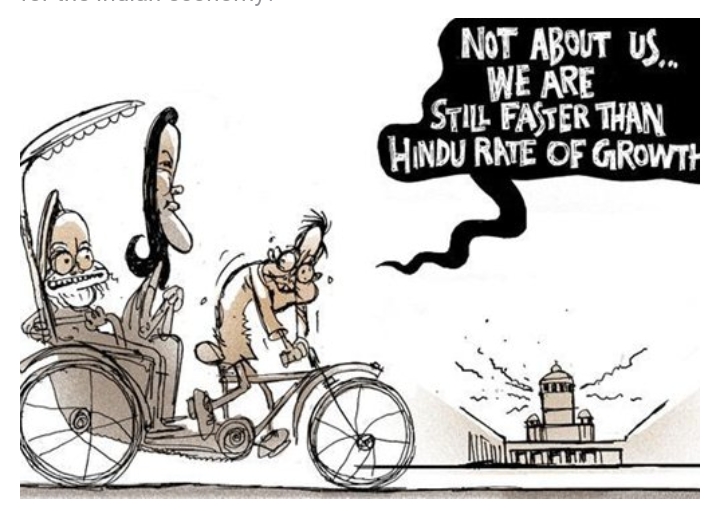Hindu Growth Rate
The term “Hindu Growth Rate” was coined to describe the relatively low economic growth rate in India during the mid-20th century, particularly in the 1960s and 1970s. It was not meant to be a reflection of Hinduism but rather a reference to the slow pace of economic development. The phrase is considered outdated and potentially offensive.
The impact of a low growth rate on an economy can be significant. A slow growth rate can lead to:
- Persistent poverty: With low economic growth, there is limited improvement in the standard of living for the population, leading to widespread poverty.
- High unemployment: Slow growth often results in a lack of job opportunities, causing high levels of unemployment and underemployment.
- Reduced investment: Low growth can discourage both domestic and foreign investment, leading to a lack of capital infusion into the economy.
- Limited infrastructure development: Low growth hampers the government’s ability to invest in infrastructure, which is crucial for long-term economic development.
- Fiscal challenges: A stagnant economy can make it difficult for the government to generate tax revenue and address budget deficits.
- Inadequate social services: Low growth may limit the government’s ability to provide essential services like healthcare and education.
It’s worth noting that India has made significant progress in recent years, and the economy has been growing at a faster rate compared to the “Hindu Growth Rate” era. However, the impact of growth rate on an economy remains a complex and multifaceted issue, with various factors at play.
For more information visit at https://happenrecently.com/zepto/?amp=1
Source: www.indianexpress.com



